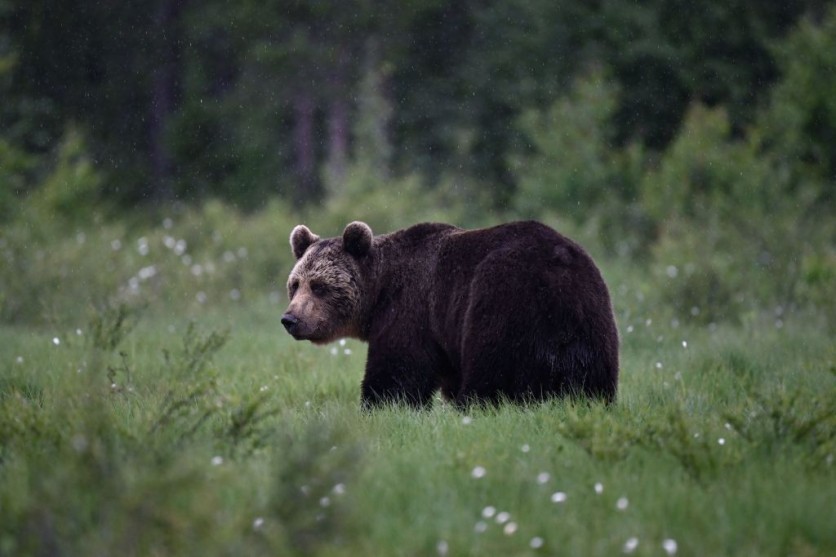To address the growing issue of wild bears encroaching into their territory, the town of Takikawa in Japan has adopted an unconventional approach. The small village has widely installed robot wolves.

Deploying 'Monster Wolf' Robot in a Town in Japan
According to Interesting Engineering, the town, located on the northern island of Hokkaido and home to more than 40,000 residents, has deployed robot wolves to deter these wild bears that have been increasingly seeking food in urban areas and raising concerns about potentially dangerous encounters with humans.
Machinery manufacturer Ohta Seiki initially developed the "Monster Wolf" robot for safeguarding farmlands against wildlife intrusion. However, this has found new utility under the management of Wolf Kamuy, a separate company responsible for the robot wolf's sales and maintenance.
Local authorities and entities such as highway administrators, golf course operators, and pig farms have now embraced the use of these robotic deterrents. With their striking appearance, these robot wolves aim to create an effective barrier against bears and other wildlife.
These mechanical wolves boast a fearsome appearance, complete with bared teeth, glowing red eyes, and a spine-chilling screech meticulously crafted to discourage potential animal intruders. Wrapped in lifelike artificial fur, their heads can pivot, enhancing their capacity to startle approaching bears.
Furthermore, they can emit eerie howls and screeches when triggered by motion, with a range of audibly distinct variations, including the barking of a dog, a hunter's voice, and the sound of gunshots.
These sounds can be heard from distances of up to one kilometer. With dimensions measuring 2.6 feet in height and a length of four feet, these robotic wolves are strategically placed to appear as striking to real wild bears.
Impressively, their presence has proven effective in reducing bear foraging activities in the areas where they have been deployed.
Recent Bear Sightings in Japan
According to The New York Times, the encroachment of wild bears into urban areas can be attributed to a combination of factors, including the scarcity of acorns and a decreasing rural population acting as a buffer between wilderness and densely populated cities.
These bear incursions have led to unfortunate attacks on residents, resulting in injuries and, in some cases, fatalities. In 2021, the region experienced a particularly deadly year, with four fatalities and a minimum of ten reported injuries. Most bear-related incidents, whether attacking or roaming, occur during April.
During this time, hungry bears emerge from hibernation and actively search for food. Similar incidents also take place in September and October when bears seek to consume large quantities of food in preparation for the winter months.
The deployment of the first robot wolf was recorded in the autumn of 2020, and approximately 70 of these robotic deterrents have been strategically placed throughout the country.
BBC reported that government data suggests there are approximately 12,000 brown bears in the Hokkaido region, with some experts estimating the Asian black bear population to be around 10,000.
Related Article : Scientists Dissect 3,500-Year-Old Bear Found in Siberian Permafrost as Perfectly Preserved

ⓒ 2025 TECHTIMES.com All rights reserved. Do not reproduce without permission.




